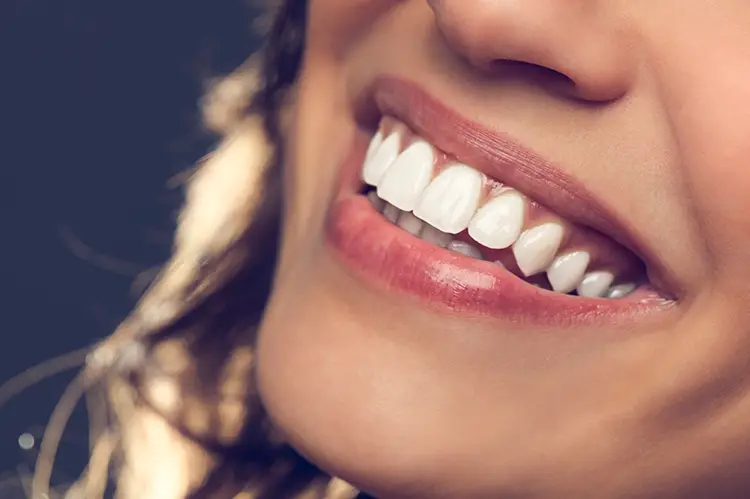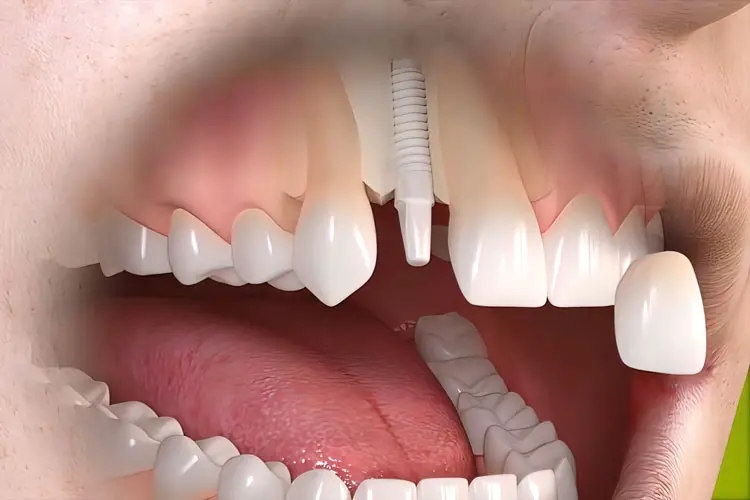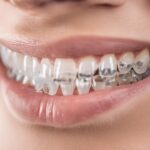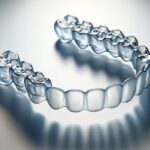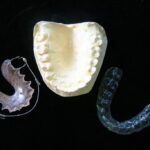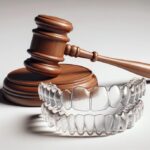For what seems like an eternity, man has been seeking the Fountain of Youth. The quest to appear younger and defy the toll gravity takes on the skin, looks, and, in some cases, self-esteem is an ongoing battle.
But for those who dread the thought of “going under the knife”, there are alternatives. Modern medicine can now perform a non-surgical facelift.
Facelift Surgery
Commonly referred to as a rhytidectomy in the medical field, a facelift is a surgical procedure geared towards negating the effects of aging that often appear in the face and neck according to the American Society of Plastic Surgeons (ASPS). Some of those aging effects solved by a surgical facelift include the appearance of a sagging face due to relaxed skin. The fold lines between the nose and mouth corners can become deeper. Facial fat that sags or has disappeared. Jowls that have formed in the jaw and cheeks. Loose skin and excess fat give a person the appearance of having a double chin.
The surgery entails four steps; anesthesia, the incisions, closing the incisions, and the end results. Though, the results won’t be fully visible until any swelling and bruising subside.
Like any surgical procedure, a facelift does harbor certain risks. Some people don’t handle anesthesia well. Excess bleeding from the wound can occur. The wound can become infected or not heal properly. Facial nerve injuries, chronic pain, scarring, and prolonged swelling are other potential negative effects. And, the patient might not like the results.
The average cost of a surgical facelift in 2017 was $7,448.00 notes the ASPS.
Why Have a Facelift?
Some people are comfortable with the aging process while others fight it tooth and nail. The American Board of Cosmetic Surgery details some of the reasons people opt for a facelift. Sagging face and neck skin can leave you feeling self-conscious. You hide the effects aging has had on your neck by using turtle necks and scarves. Looking in the mirror makes you feel as though someone much older than you is staring back. Appearing that you’ve aged could be hindering your career or personal relationships.
But what if you could undergo a non-surgical facelift procedure? Once thought to be wishful thinking, non-surgical facelifts are now a reality.
Non-Surgical Facelifts
Dr. Doris Day was the subject of a story by ABC NEWS. Day uses a device that incorporates heat to shrink tissue under the skin. The instrument, notes Day, is a high-density ultrasound that delivers deep heat below the skin to lift it. Day also injects a substance made from a sugary gel into areas of the face to provide volume to the cheeks and temples. The combination of deep and superficial elements leaves her patients with a very natural look according to Day. Next, Botox injections even out the eyebrows and soften crow’s feet. Lastly, Day uses a laser to smooth out skin tone and texture.
The Silhouette Instalift is an FDA-approved update on the procedure known as a thread lift noted in a report by Harper’s Bazaar. The thread lift originated in the 1990s and used threads, placed under the skin, to lift and pull the skin tight around the neck, chin, and cheekbones.
Using a fine needle, Instalift punctures a dot-sized hole in the cheeks near the nose. One or more threads, with tiny cones attached, are threaded through the holes up toward the ear and down towards the nasolabial fold. The V-shaped threads lift the skin, thus, activating the body into producing collagen to fill the void. The threads and cones dissolve in six to nine months. And the patient is left with a fuller, lifted face.
Now imagine that the key to a non-surgical facelift rests in correcting a patient’s misaligned jaw?
The Dental Facelift® Solution
Dr. Sam Muslin’s non-surgical Facelift Dentistry® method, using VENLAY® Restorations with JawTrac® Alignment painlessly locates a patient’s optimal jaw position. Facelift Dentistry® reverses years of aging by providing a proper jawline, improving the face’s shape, and supporting a patient’s lips. JawTrac ® corrects such issues as thin lips, facial collapse, soft tissue collapse, and a small chin. The result is a younger face, a younger jawline, and fuller lips. All without “going under the knife.”
The views expressed by the author do not necessarily reflect our views.



